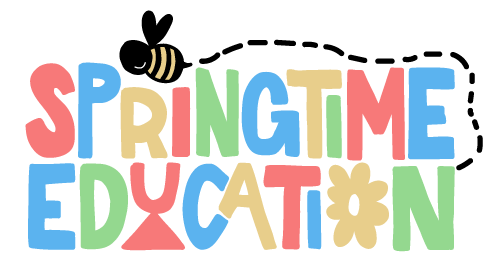Sign languages are fascinating expressions of human communication, serving as a vital means of interaction for Deaf and hard-of-hearing individuals around the world. American Sign Language (ASL) and Australian Sign Language (Auslan) are two distinct sign languages that have evolved independently in their respective regions. Despite sharing a common goal of facilitating communication, ASL and Auslan exhibit notable differences in their grammar, vocabulary, and cultural influences.
Historical Background
ASL and Auslan have distinct historical roots, tracing back to different parts of the world. American Sign Language emerged in the early 19th century in the United States, primarily influenced by French Sign Language. Thomas Hopkins Gallaudet, an American educator, collaborated with Laurent Clerc, a French Deaf teacher, to establish the first American school for the Deaf in Hartford, Connecticut.
On the other hand, Auslan originated in Australia and has evolved over time through a combination of British Sign Language (BSL), Irish Sign Language (ISL), and local Indigenous sign languages. The history of Auslan is intertwined with the Deaf community's experiences in Australia, reflecting the unique linguistic and cultural influences of the region.
Linguistic Structure
While both ASL and Auslan are visual-gestural languages, they exhibit differences in their linguistic structures. ASL uses a one-handed manual alphabet, while Auslan employs a two-handed manual alphabet. This distinction reflects the influence of their respective linguistic origins. Additionally, the grammatical structures of ASL and Auslan differ, with variations in word order, facial expressions, and non-manual markers.
In ASL, facial expressions play a crucial role in conveying grammatical information and nuances of meaning. ASL relies on facial expressions, head movements, and body language to convey tone, emotion, and grammatical features. In contrast, Auslan places a strong emphasis on signing space and directional movement of signs to convey grammatical information.
Vocabulary
The vocabulary of ASL and Auslan reflects their cultural and regional influences. ASL incorporates signs influenced by French Sign Language, reflecting the historical connection between Gallaudet and Clerc. Auslan, on the other hand, exhibits influences from BSL and ISL, as well as Indigenous sign languages used by Aboriginal and Torres Strait Islander communities in Australia.
Cultural nuances also shape the vocabulary of each sign language. For example, ASL may have signs related to American culture and experiences, while Auslan incorporates signs reflecting Australian cultural references.
Regional Variations
Just as spoken languages have regional dialects, sign languages also exhibit variations across different regions and while both languages have undergone standardisation efforts in recent years in order to make them more accessible to a wider audience, there are distinct regional variations in both languages.
In ASL, different Deaf communities across the United States and Canada have developed unique signs and expressions, reflecting local cultures and experiences. Similarly, Auslan displays distinct northern and southern dialects in Australia, with variations in signs reflecting regional influences. While standardisation enhances accessibility, the existence of regional differences adds depth and cultural nuance to the languages, showcasing the dynamic evolution of sign languages within diverse Deaf communities.
ASL and Auslan are remarkable examples of linguistic diversity within the Deaf community. While both serve the common purpose of facilitating communication among Deaf individuals, their unique historical roots, linguistic structures, vocabularies, and cultural influences contribute to their distinct identities. Understanding and appreciating the differences between ASL and Auslan not only enriches our knowledge of sign languages but also promotes cross-cultural communication and inclusivity.
Want to learn Auslan? Check out our set of 200 Auslan Flash Cards and our 6 Pack of Auslan Posters!
Looking to learn ASL? Learn the basics with our 50 pack of ASL flash cards or check out our flagship ASL Flash Cards or our ASL Flash Cards for Kids.

